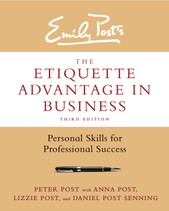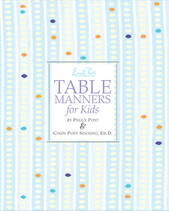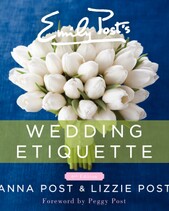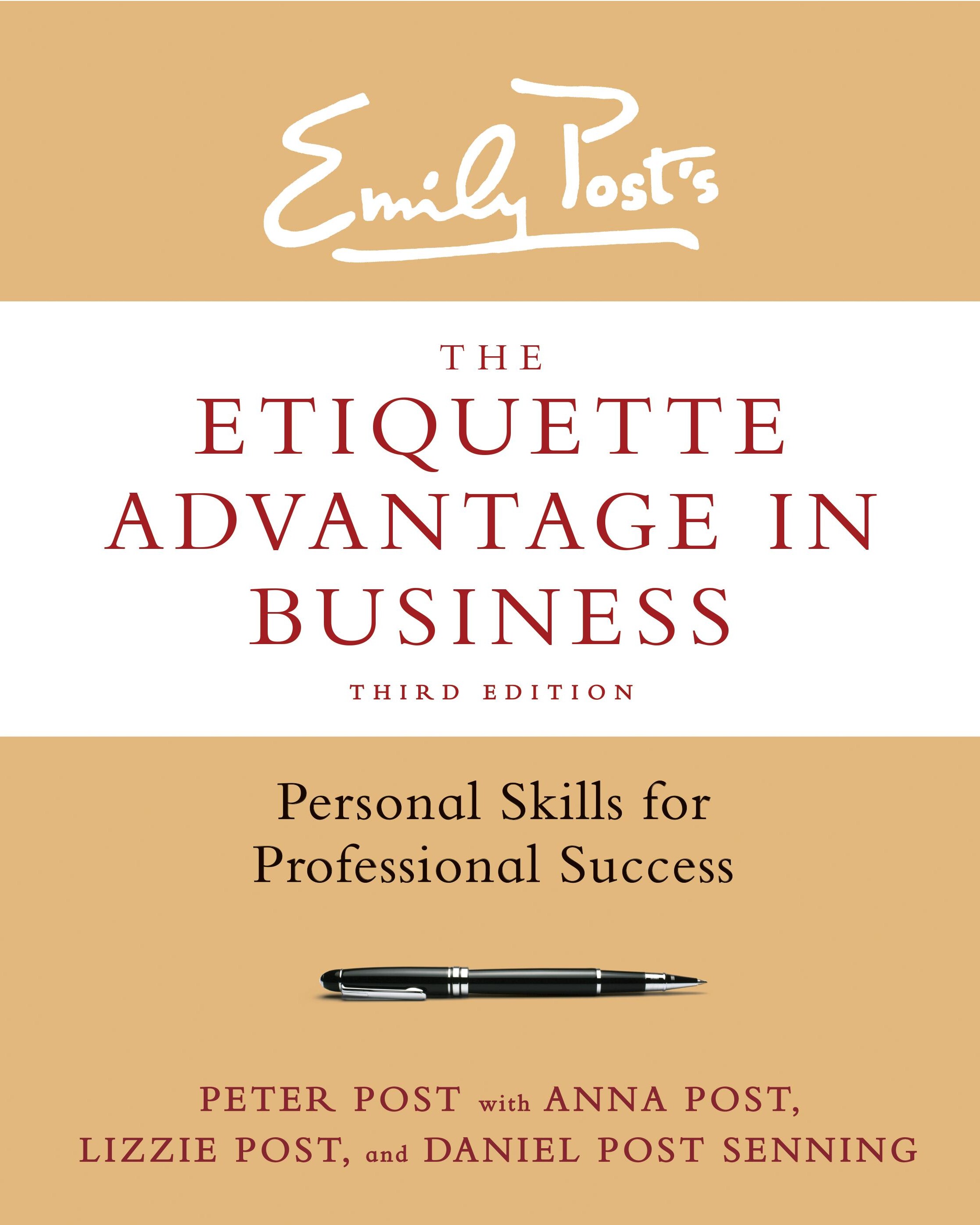
Business Meals

Your own behavior at business meals is every bit as important as the fellowship they foster. Remember: These are the only times when your conversational abilities, your self-possession, and your table manners are on display all at once. Bear in mind, too, that your manners reflect on the company you represent. The desire to make a good impression hardly means rehearsing your across-the-table banter or becoming a wine connoisseur. It does mean knowing how to use the cutlery, eating your food with civility, and conveying the sense of being at ease with those around you.
Breakfast, Lunch, or Dinner?
Obviously, the decision whether to meet over lunch, breakfast, or dinner depends mainly on which of these meals best fits the time constraints of the participants. Also, take into account what you wish to accomplish. A breakfast gathering, for example, may be ideal if the aim is a quick, straight-to-the-point meeting, whereas evening is undoubtedly the best time for a more leisurely paced meal.
The Business Breakfast
Even a garden-variety breakfast meeting has real benefits: Many people are at their sharpest early in the morning. As with lunch, the timing of a morning meeting helps it stay short and focused; unlike lunch, it barely interrupts the workday, if at all; plus, breakfast is less costly than either lunch or dinner.
A business breakfast can be held at any location that is handy to both host and guest: a restaurant or coffee shop, a hotel dining room, or perhaps a private club. If it's convenient for all concerned, guests can even be invited to breakfast in the host's office. Putting out a selection of Danishes or muffins, juice, and coffee or tea requires little preparation and lends the meeting the affable touch of an away-from-the-office meal. Business is discussed once orders are taken or as soon as attendees have helped themselves. Let the host or meeting organizer start the discussion.
The Business Lunch
Lunch is the traditional workhorse of business meals. Because the participants have to return to the office, the meeting stays relatively short and focused. There are other advantages as well: Unlike a business dinner, lunch is faster-paced, it doesn't cut into someone's personal time, and it doesn't raise the issue of the inclusion of a spouse or partner.
The typical business lunch lasts from just over an hour to two hours, but a participant who is on a tight schedule shouldn't take this for granted. Instead, she should announce her time constraints from the start: "Before we get busy, I should tell you that I have a meeting at the office at one-thirty—bad luck, I know, but it was called at the last minute." (Note: The excuse should be real, not made up.) This not only puts the person's mind at ease, but also avoids catching her lunch mates by surprise when the time comes for her to leave. As with the business breakfast, once orders are taken, let the host or organizer start the discussion.
The Business Dinner
Whether it takes place at a table for two or involves a large group, the business dinner is considered a premier event and generally oriented toward camaraderie. Because no one has to get back to work, dinner also proceeds at a more leisurely pace. At the same time, dinner's longer time span can be an advantage when doing serious business is the goal.
Dinner is the most meaningful meal with which to mark special occasions—the retirement of a long-time employee, for instance, or the welcome of a new client into the fold. It is also the more logical choice when entertaining a business associate from out of town who is traveling with his or her spouse. On occasions such as these, business will doubtless come up as a conversational topic, but the aim is usually the strengthening of relationships, with an eye on mutual rewards to be gained in the future. It is up to the host to initiate any business conversation.
For information on Emily Post Business Etiquette Programs contact Daniel Post Senning at [email protected] or 802-860-1814.










